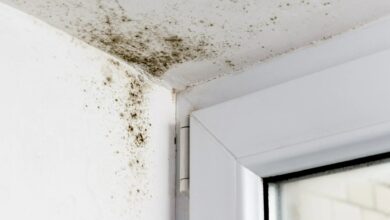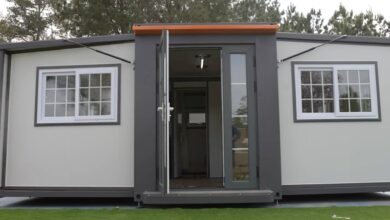Five simple hacks to prevent mold in your home without turning on the heating
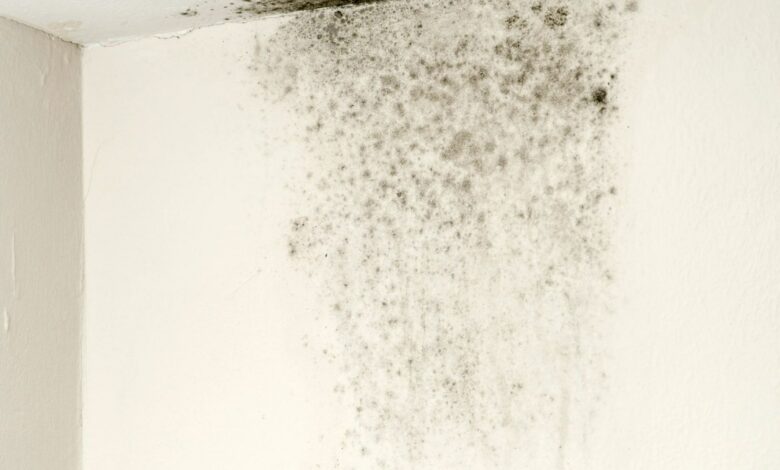
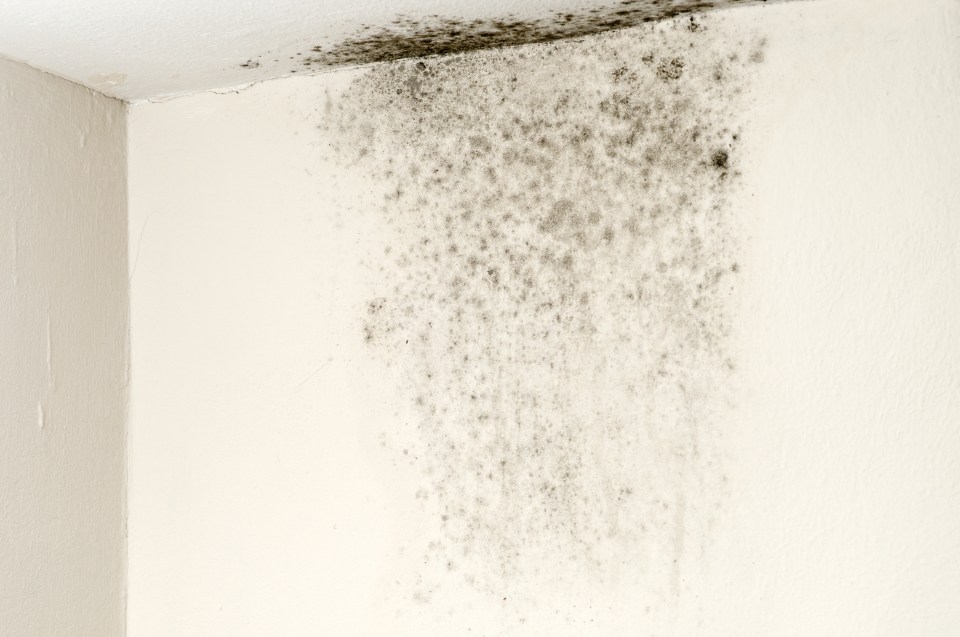
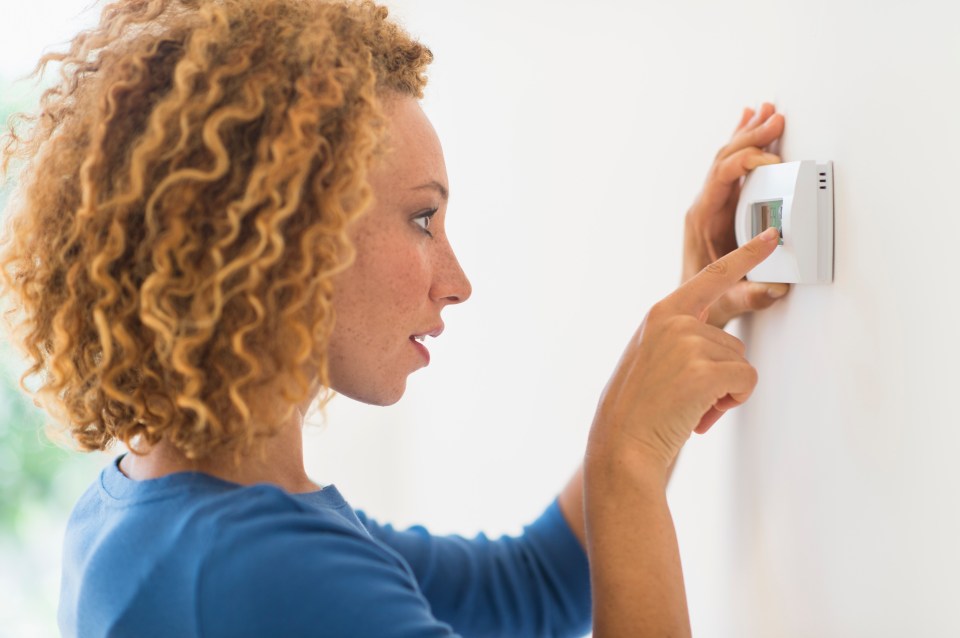
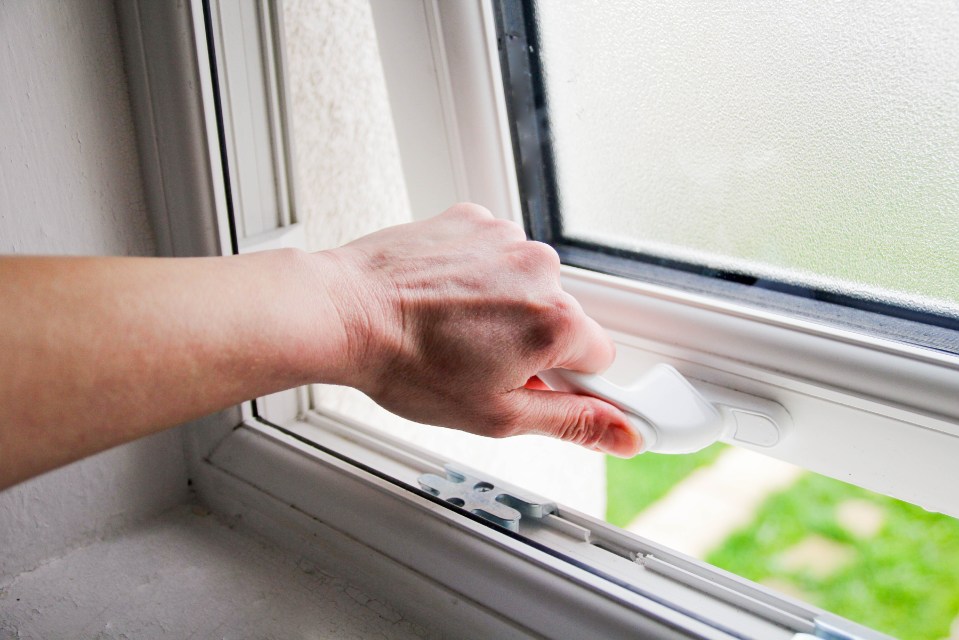
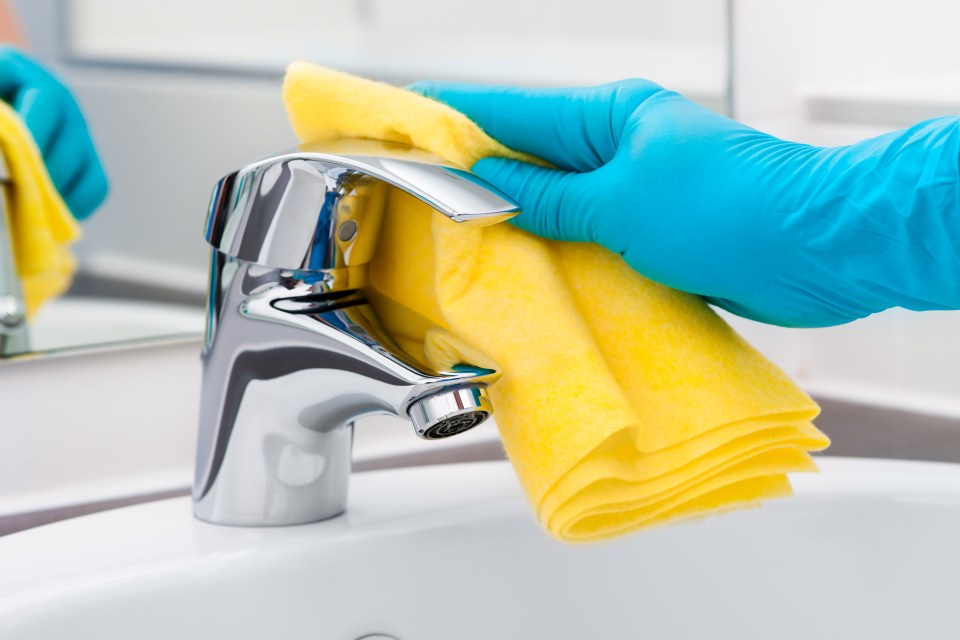
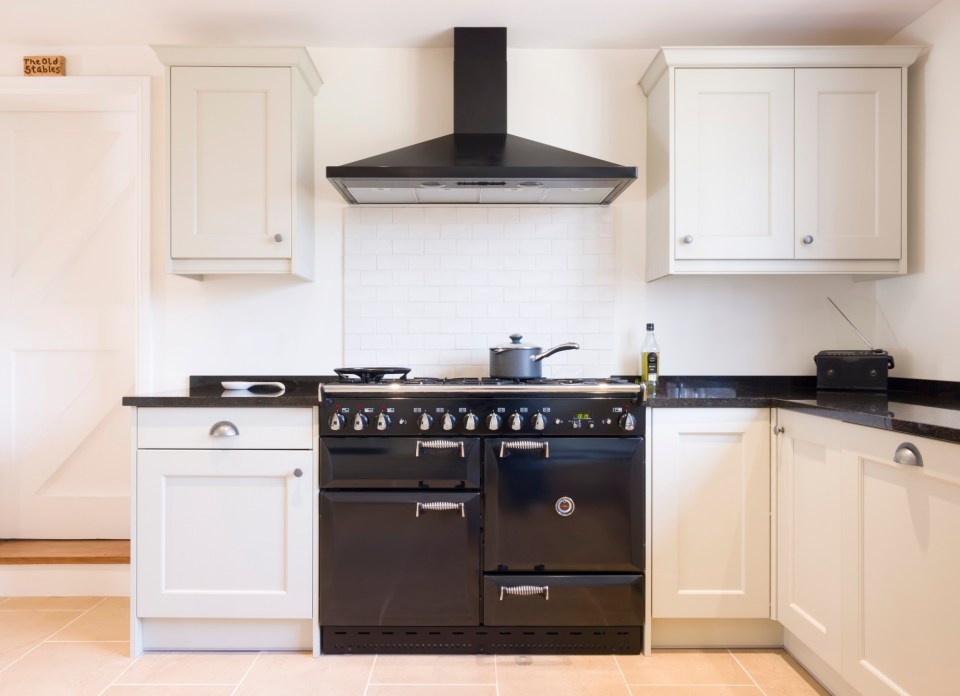
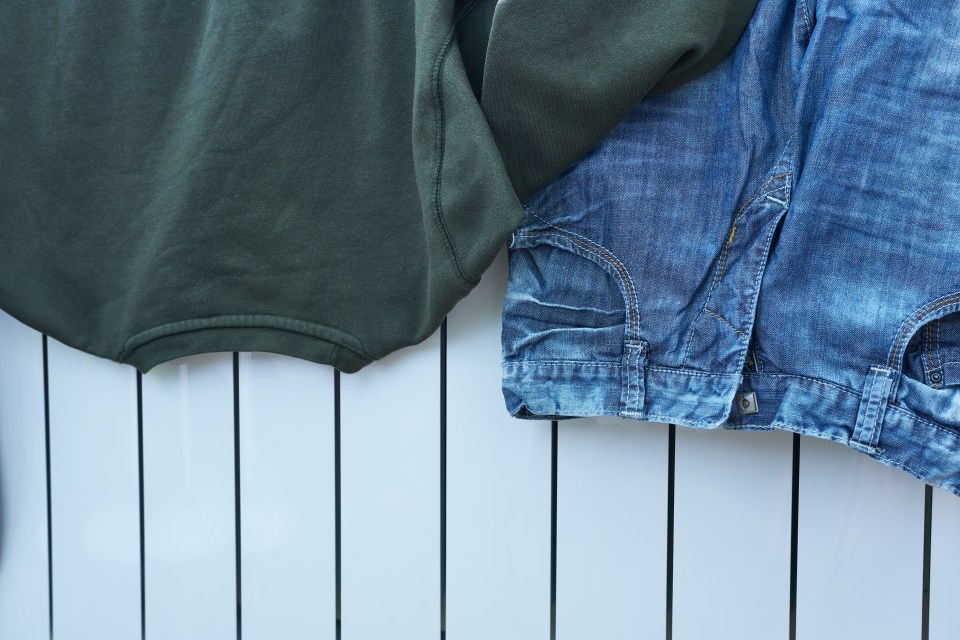
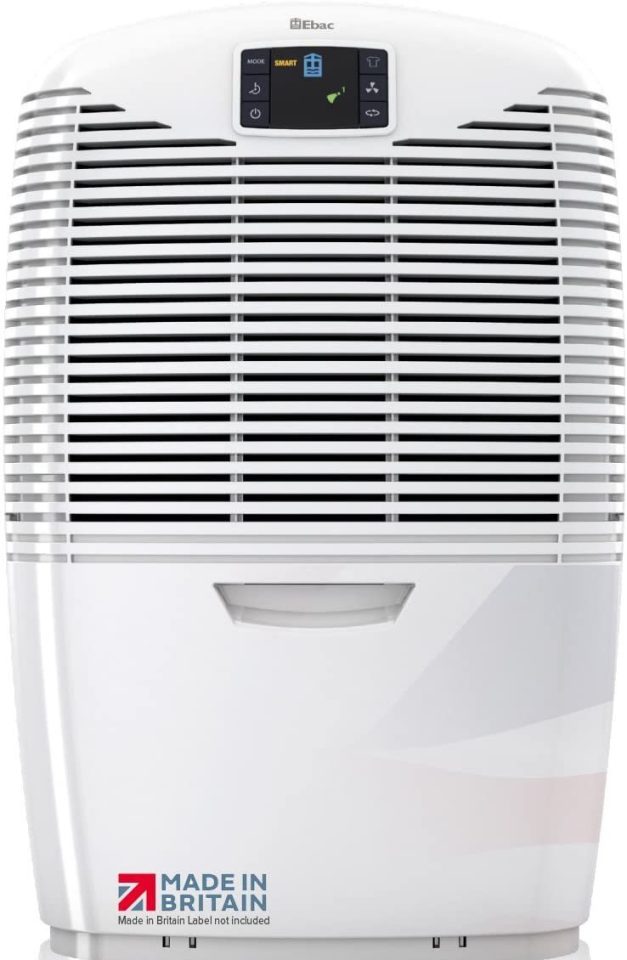
With the weather getting colder and colder, don’t worry if you’re hesitant to turn on your central heating. We have exactly what you need.
And for those on a mission to combat mold this winter, have no fear: you’ve come to the right place.
As many of us look for ways to cut costs and turn on the heating less, a bathroom and kitchen expert has shared her five money-saving tips against mold.
So if you want to leave your thermostat alone this season but keep the bad stuff at bay, Nancy Emery, from Drenchhas revealed everything.
Nancy said: “The wet weather in Britain means mold is a common complaint in homes.
“Whether it’s the unsightly slime of black mold in your bathroom or blue and green mold on the walls, the presence of mold in your home can be dangerous.
Read more Fantastic stories
“But you don’t have to wait until it presents itself to tackle it, there are several steps that you can take to prevent mold and save on removal costs.”
Open the windows regularly
For those who want to combat mold without turning on the heat, you should first open your windows.
Nancy explains: “It may seem counterproductive to open your windows in cold or wet weather, but it is essential to stop mold growth.
“Cracking the windows a few times a day, especially after showering, bathing or cooking, is one of the easiest and most cost-effective ways to help moisture escape.
“Mold thrives in warm and wet environments. So it is especially important to increase ventilation in the colder months, when prolonged time indoors can result in heat build-up from our central heating, our bodies and our breath.”
Wipe surfaces
Not only this, but it is also important that you wipe down wet surfaces, including your countertops.
Nancy adds: “Up to 75% of the moisture that leads to mold growth can be eliminated by wiping wet surfaces immediately.
“Any surface that collects water, for example around the sink after washing dishes, or on the bathroom tiles and floors after getting out of the shower, should be wiped down after use.
“Water build-up on tiles, regardless of the room, can get into the grout and silicone, where mold is likely to develop.”
Always use your exhaust fans
In addition, if you have a range hood, make sure it is on when you cook your food. next meal.
The kitchen professional stressed: “Exhaust fans can be noisy, so you may prefer to just open a window while cooking or take a relaxing bath to unwind, but this is a recipe for mold growth.
“Exhaust fans work by removing moisture from the air, reducing the amount of surface condensation and the chance of mold growth. They should always be used when cooking, bathing and showering and then left on for at least 30 minutes.
5 Money-saving tips for autumn/winter
1. Make your home draught-free
It takes time and money to heat your home, so it’s important that you do everything you can to keep the heat in. Close your doors and windows and fill any gaps with weather stripping.
2. Turn down your thermostat
According to Energy UK, lowering the thermostat by just one degree Celsius can reduce your heating costs by up to 10% and save you around £85 a year. And if you don’t have a thermostat, installing one can save you up to $70 per year!
3. Move furniture
Ensure that large, bulky furniture such as sofas does not block the radiators.
4. Wash clothes at a lower temperature and add extra spin cycle
Unless it is bedding, towels or very dirty items, turn the temperature down to 20 or 30 degrees and rotate the machine twice to remove excess water.
5. Heat the person, not the house
There is no point in heating up a room with no one in it, so pay close attention to which radiators are on.
“Make sure you clean bathroom exhaust fans regularly as dust can quickly build up, limiting their ability to operate.”
Avoid drying clothes on radiators
And while many of us have resorted to drying clothes on our radiators, according to this expert you should stop doing it immediately.
Nancy highlights: “Although it may seem like an easy way to save costs, drying clothes on the radiator rather than in the tumble dryer or drying rack can lead to more condensation building up due to a lack of airflow.
“This can lead to moisture lingering in your rooms and mold developing. A budget-friendly alternative is to use a heated clothes rack or your towel rack, so that you can quickly dry clothes indoors, without the clothes smelling like mold.”
Buy a dehumidifier
Finally, if you don’t have a dehumidifier yet, you may want to think about it invest in one.
According to Nancy: “In areas that are used intensively, such as your bathroom, living room, kitchen and bedroom, it can be a good idea to use dehumidifiers.
“A range of types are available, from more expensive, heavy-duty appliances to everyday, affordable options found in supermarkets and home stores.”
Cheap gadgets to keep you warm
MARTIN Lewis’ MoneySavingExpert shared six gadgets that can help you keep the heating off but still stay warm.
Heating “the person, not the house” means that you heat yourself instead of turning on the heat and heating the whole house.
This allows you to save money on your heating costs and you don’t have to be out in the cold.
- USB Gloves – initial cost £10, cost to use less than 1p per hour
- Heated insoles – initial cost £10, running costs less than 1p per hour
- USB hand warmers – initial cost £15, cost to use less than 1p per hour
- Electric vest – initial cost £50 (including battery pack), running costs less than 1p per hour
- Microwaveable wheat bag – initial cost £4, running cost less than 1p per hour
- Reusable hand warmers – initial cost £5 for a pair, running costs less than 1p per hour








